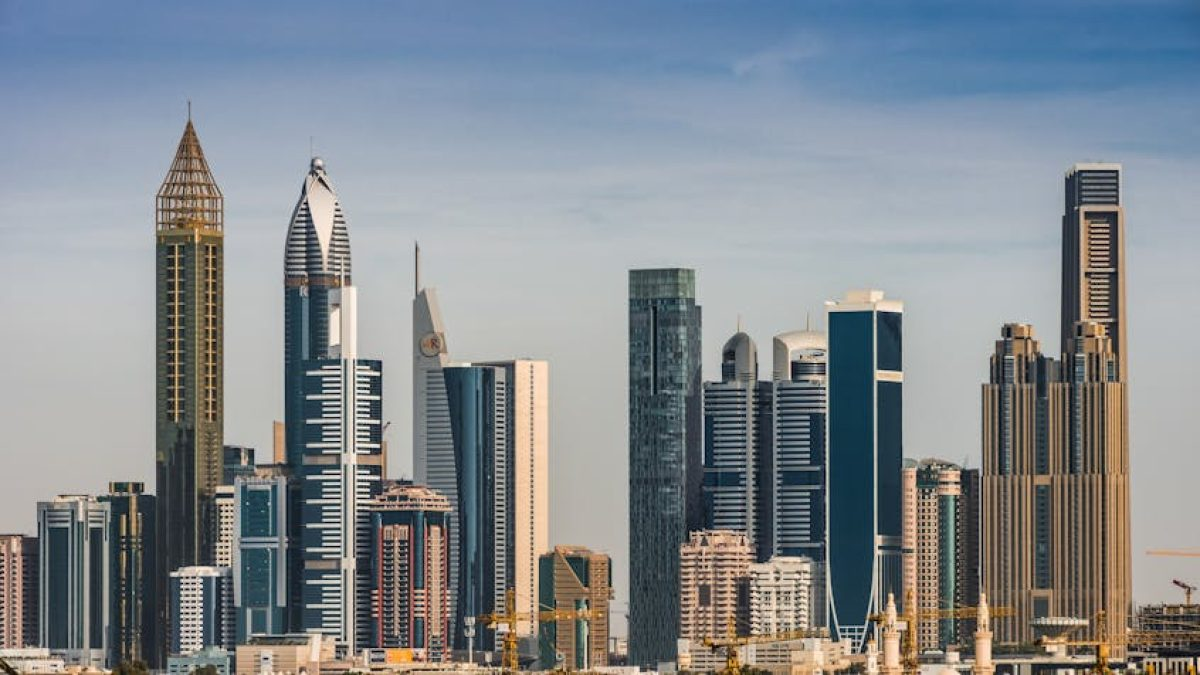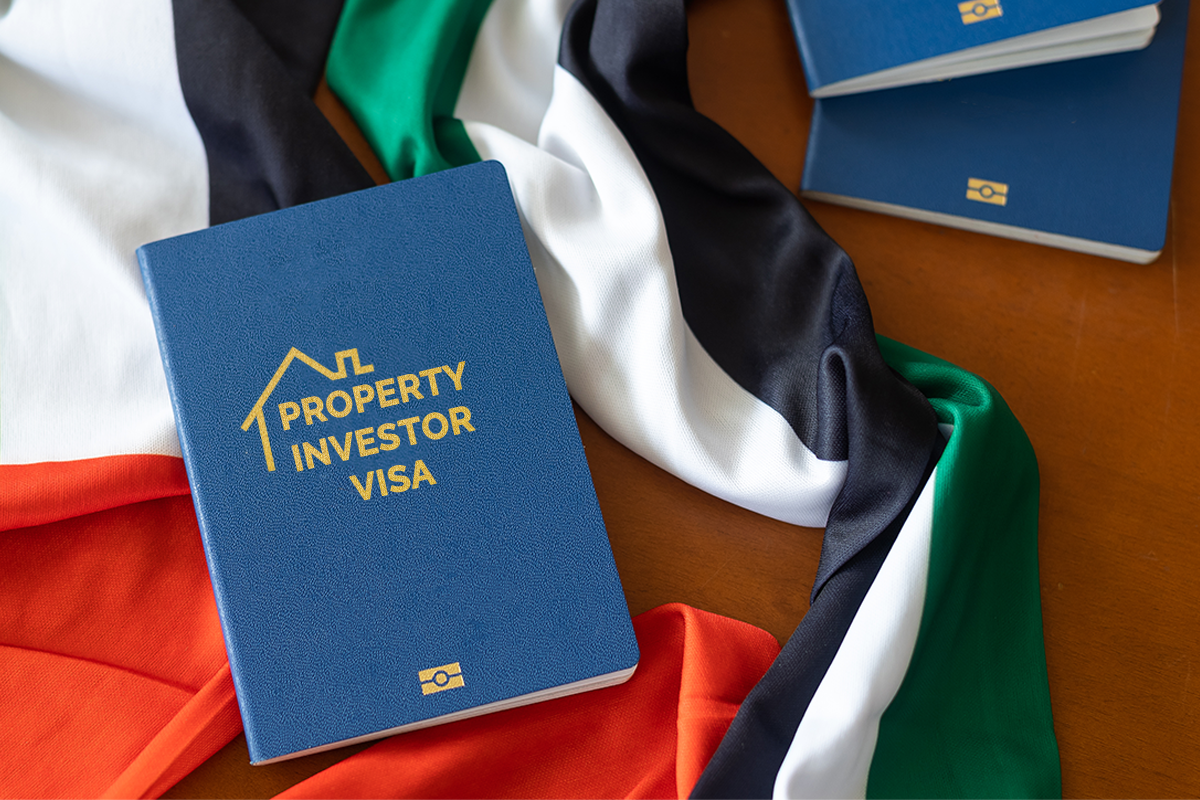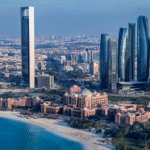Now Reading: Why UAE’s Mangrove Planting Mission Is Changing Coastal Life Forever 2025
-
01
Why UAE’s Mangrove Planting Mission Is Changing Coastal Life Forever 2025
Why UAE’s Mangrove Planting Mission Is Changing Coastal Life Forever 2025
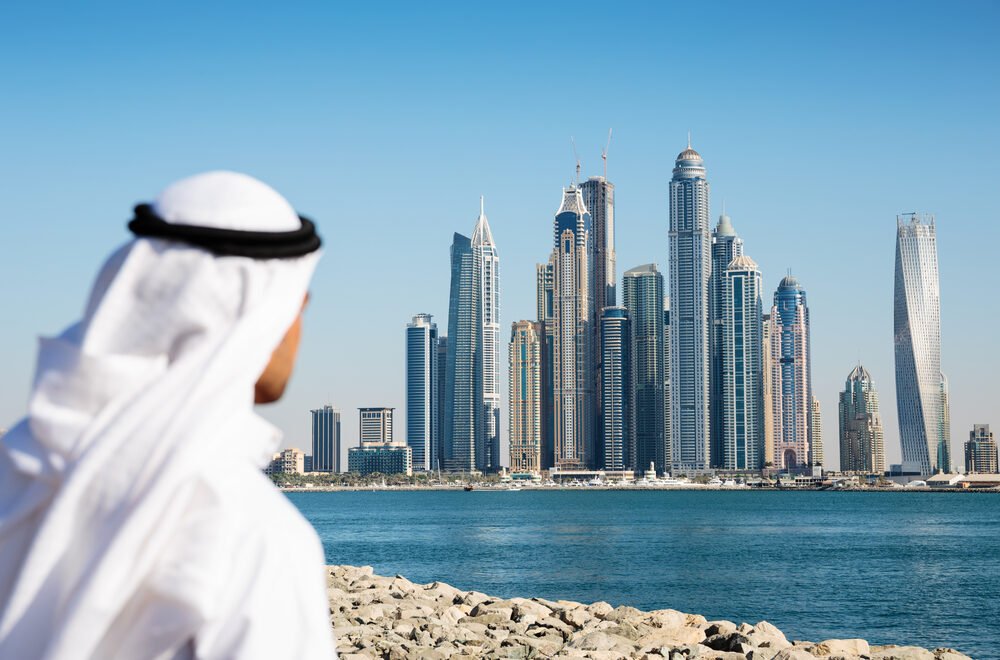
Table of Contents
The United Arab Emirates (UAE) is making headlines worldwide for its ambitious mangrove planting campaigns, aimed at fighting climate change, preserving marine biodiversity, and creating greener coastal cities. This environmental drive is a part of the UAE’s larger sustainability vision as the nation works towards net-zero carbon emissions by 2050.
Mangroves — the salt-tolerant trees that grow along coastlines — are nature’s own defense system. They protect shores from erosion, improve water quality, and absorb large amounts of carbon dioxide, playing a critical role in reducing global warming. Recognizing this, the UAE government has launched several large-scale mangrove afforestation projects, making the country a global leader in coastal ecosystem conservation.
A National Goal: 100 Million Mangroves by 2030
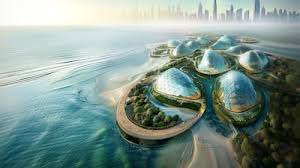
As part of its ambitious environmental agenda, the UAE has committed to planting 100 million mangrove trees by 2030. This target was officially announced during the 26th United Nations Climate Change Conference (COP26) held in Glasgow in 2021. The announcement received praise from environmentalists around the world, as mangrove ecosystems are considered one of the most effective natural solutions to climate change.
Already, over 40 million mangrove seedlings have been planted along the coasts of Abu Dhabi, Dubai, Sharjah, and Fujairah. The Environment Agency – Abu Dhabi (EAD) is leading much of this effort, using innovative methods like drone-assisted seed planting to cover large areas efficiently.
Why Mangroves Matter to the UAE

For a country like the UAE — where sandy deserts meet the sea — mangroves are more than just trees. They serve multiple purposes vital to both environment and economy.
- Climate Change Defense:
Mangroves can store carbon up to five times more than tropical forests. This is essential for reducing the UAE’s carbon footprint as the nation moves toward its Net Zero 2050 Strategic Initiative. - Coastal Protection:
With rising sea levels threatening coastal cities like Abu Dhabi and Dubai, mangroves act as a natural barrier, reducing the impact of waves, storms, and erosion. - Biodiversity Boost:
Mangrove forests provide habitat for over 60 species of birds, fish, turtles, and crustaceans in the UAE, helping to maintain the country’s rich marine life. - Tourism and Eco-Education:
Areas like the Jubail Mangrove Park in Abu Dhabi have become popular eco-tourism destinations, where visitors can enjoy boardwalks and guided tours to learn about mangroves and their importance. - Community Engagement:
Many mangrove planting events involve students, corporate volunteers, and residents, spreading environmental awareness and a sense of responsibility.
High-Tech Mangrove Planting
The UAE is not just relying on traditional planting techniques. The country is applying modern technology to scale up mangrove restoration:
- Drones are used to disperse mangrove seeds quickly across large, hard-to-reach coastal areas.
- Satellite mapping and AI help select the best planting zones by analyzing soil, salinity, and tidal patterns.
- IoT sensors are being tested to monitor the health and growth rate of mangrove patches in real time.
According to Dr. Shaikha Salem Al Dhaheri, Secretary General of the EAD, these technologies make large-scale afforestation faster, cheaper, and more precise, ensuring that survival rates of planted seedlings remain high.
International Recognition and Collaboration
The UAE’s mangrove planting efforts are being recognized by global organizations such as the United Nations Environment Programme (UNEP) and the International Union for Conservation of Nature (IUCN). These bodies have praised the country’s role in leading coastal ecosystem restoration in arid and semi-arid regions.
The UAE has also partnered with several nations to share its expertise in mangrove restoration, including India, Indonesia, and the Seychelles. Through such partnerships, the country hopes to contribute to international climate goals.
Challenges Ahead
Despite the progress, some challenges remain:
- Water Salinity and Pollution: Coastal areas exposed to oil spills and industrial waste need careful rehabilitation before planting can succeed.
- Urban Expansion: With cities expanding rapidly, balancing development with environmental protection requires strong policy enforcement.
However, the government appears determined to overcome these barriers through strict environmental regulations, eco-friendly urban planning, and continuous public education.
A Model for the Region
The UAE’s mangrove afforestation campaign is already inspiring neighboring Gulf countries such as Saudi Arabia, Qatar, and Oman to launch similar initiatives. The regional cooperation on environmental conservation could transform the Arabian Peninsula into a hub of sustainable, green coastal ecosystems.
What the Future Holds
By 2030, if the UAE reaches its goal of planting 100 million mangroves, it would offset millions of tons of carbon emissions, protect over 10,000 km of vulnerable coastline, and attract more eco-conscious tourists and investors. More importantly, it would set a strong example for balancing rapid economic growth with environmental responsibility.
The mangrove planting mission is not only a testament to the UAE’s environmental commitment but also a powerful symbol of how nature and technology can work together to secure a sustainable future.
Summary
In a region known for its deserts and oil wealth, the UAE’s focus on mangrove planting reflects a remarkable shift towards green living and climate leadership. Whether protecting marine biodiversity, fighting carbon emissions, or enriching tourism, these humble trees are at the heart of the country’s sustainability journey.
As more countries watch and learn from the UAE’s efforts, mangrove planting may soon become a global green movement — one tree at a time.
Read More:- How Abu Dhabi Is Turning Deserts Into Green Sustainable Cities!



